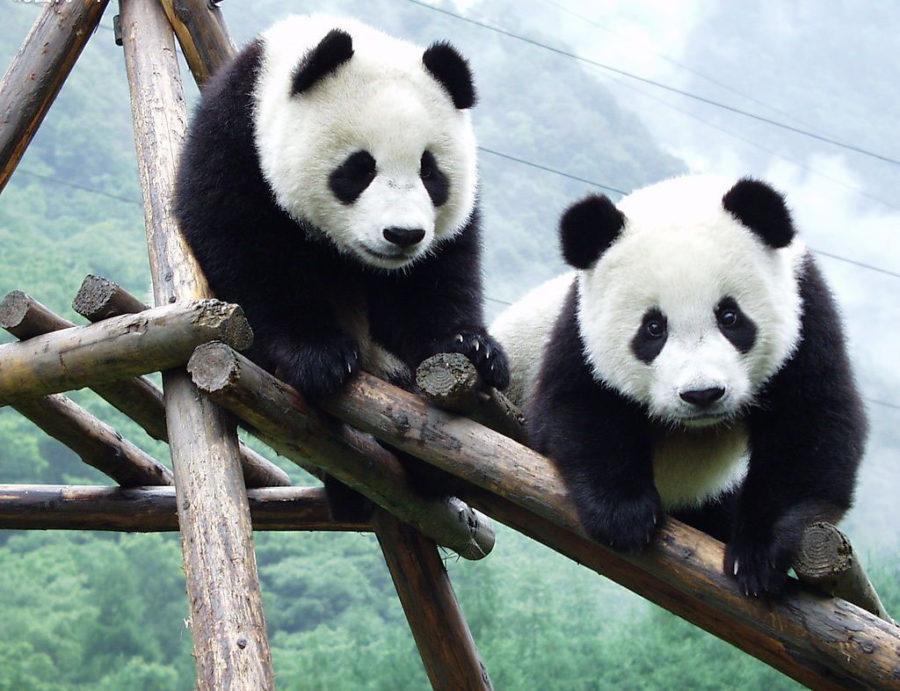Giant Pandas now Considered “Vulnerable”
September 19, 2016
The International Union for Conservation of Nature released news, September 4, that the giant panda is no longer endangered, but is now considered “vulnerable.”
As the national animal of China, the giant panda plays an integral role in the environment and the Chinese culture. The giant panda is considered a symbol of peace, friendship, and strength. In 1990, the giant panda was used as a mascot in the Beijing Asian Games.
In the 80s, the species was declared as “rare” by the International Union for Conservation. Then, in the 90s, the Red List of Threatened Species announced that they were to be considered endangered. Realizing the seriousness of the issue, China has made great strides towards saving and repopulating this astonishing species. The population of Pandas has increased greatly, with a 16.8% growth in wild panda numbers over the past decade. Now, the International Union for Conservation of Nature is moving the giant panda from “endangered” to “vulnerable.”
Recently, the International Union for Conservation of Nature released their view on the movement of the giant panda off of the endangered list. They believe that this move is beneficial. This shift is a representation of the effective work that China has done to salvage the species. The Union also said that it is vital to the giant pandas that these efforts are continued in the future.
On the other hand, China’s government disputes this idea. They feel that this movement takes away the serious attitude necessary for the protection of this animal.
The government also says that making this decision to consider the giant panda as vulnerable will only hurt the species. The work that the country has done to protect the animal will be useless. In addition, they feel that the efforts of the government will not be continued because it will not be viewed as a crucial procedure for the salvation of the species. One of the attempts that China and the WWF, The World Wide Fund for Nature, has taken is expanding the area available for habitation of the giant panda and preventing construction in those areas. There has been an 11.8% increase of giant panda geographic range since 2003, reaching 25,800 square kilometers.
In addition to the news revealed about the panda, the Union says that the eastern gorilla and the plains zebra are moving closer to extinction. Stating that the eastern gorilla population has declined 70 percent over the past 20 years. Due to habitat loss and illegal poaching, these species now face the threat of extinction.
The International Union for Conservation of Nature, as well as the Chinese government, are putting effort into conserving the species. Although the Chinese government is continuing to make strides in saving the giant panda, another decline is predicted to be coming soon due to climate change. In an estimated 80 years from now, 35 percent of the bamboo in China will be eliminated.
One question still remains: Are the giant pandas headed in the right direction?












